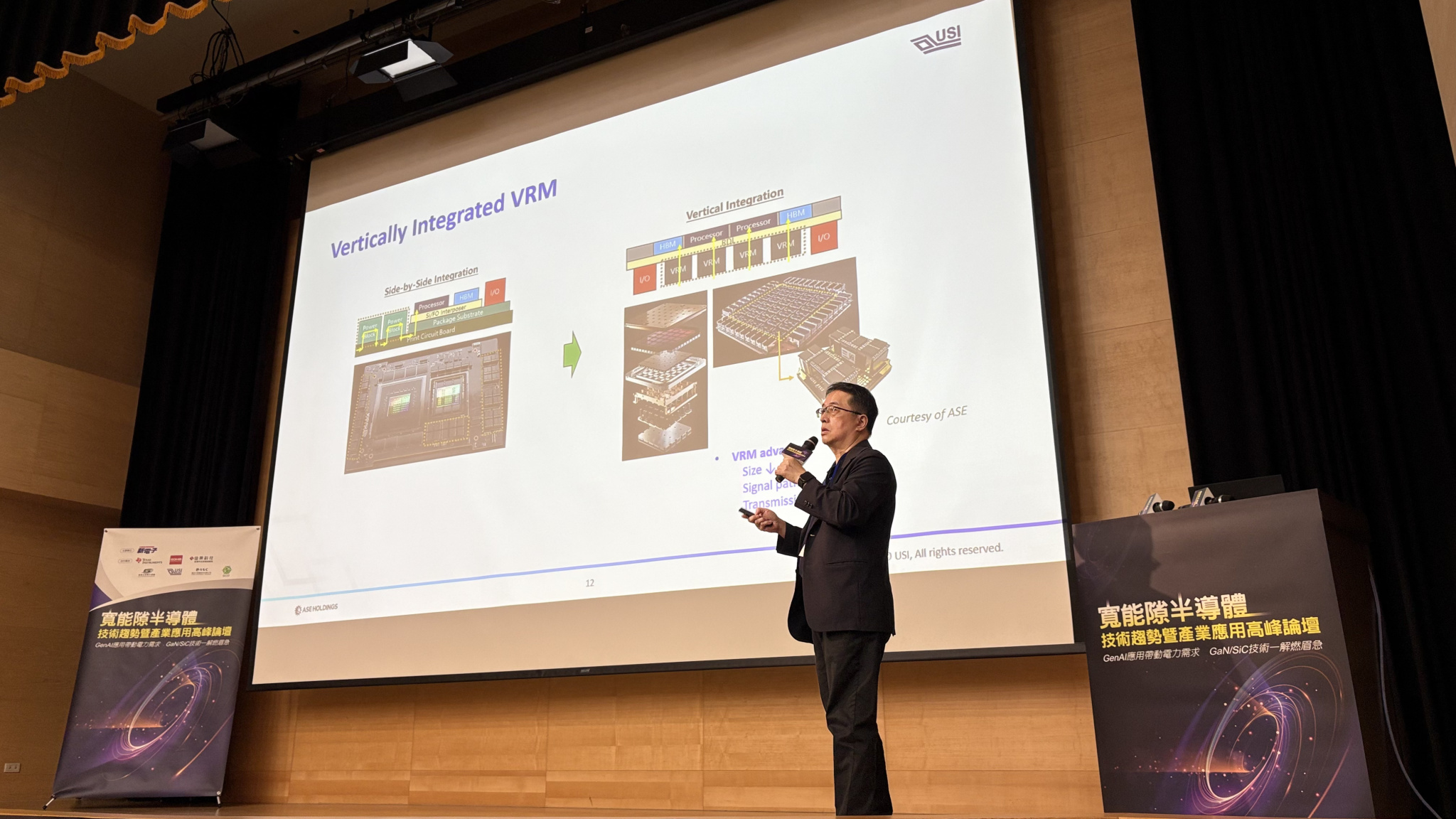Search
- 11/01/2021
The potential of miniaturization for wearable products
Wearable technology is one of the fastest growing areas of the consumer goods sector, and without miniaturization in electronics, it could barely exist. In recent times, consumers have become used to smartwatches that can record data about their health and fitness while displaying emails, messages and appointments; but also to wireless earbuds that provide high quality stereo sound without the need for cumbersome cables. And now smart glasses that will take photographs, record videos and support augmented reality are just starting to enter the market.
All these products – and no doubt many others still under wraps – depend on miniaturization and all present significant challenges in their development and manufacture. No longer, for example, can shrinking semiconductor devices be relied upon to provide the size reductions along with increased functionality that will be needed for future products. Instead, new approaches are needed and one of the most successful of these is ‘system in a package’ (SiP) technology.
This approach provides important benefits: the interconnections are short, which means that high operating speeds can be achieved, and within the SiP, components can be stacked for optimum space utilization. EMC shielding is easy to provide and, since the package is fully encapsulated and sealed, it is extremely well protected from the effects of the external environment, which is particularly important for wearable technology.Put simply,
a SiP is a hermetically sealed package containing all the active and passive components needed for an electronic system or subsystem,
together with their associated interconnections.
True Wireless Stereo (TWS) applications
An excellent example of the SiP approach being adopted successfully in a wearable technology application is True Wireless Stereo (TWS), which is used in the latest generation of smart earbuds. While no larger than their wired counterparts, these earbuds have no need for physical connections. Instead, they connect via Bluetooth and their internal batteries are charged inductively. TWS earbuds typically also provide functionality such as volume adjustment and track selection, but the real challenge is to accommodate batteries of adequate capacity in such a tiny device. This has been made possible only by shrinking the electronic elements of the earbuds using SiP technology.
Specialist electronics expertise and manufacturing resources
TWS is just one example of a seemingly impossible product that is now in regular production, but miniaturization is now paving the way for many such innovations. To travel this route successfully, however, requires access to specialist electronics expertise and costly manufacturing resources. Few companies engaged in product development are likely to have these in-house but working with an experienced manufacturing partner is a practical and affordable solution.
US already has a proven track record in the development and manufacture of products that incorporate TWS technology and have provided design and manufacturing support for customers operating in many other areas of wearable technology. They have also invested heavily in the equipment needed to produce and test miniaturized electronic assemblies efficiently, reliably and cost effectively. Thanks to USI, we, at Asteelflash, are able to offer this service to our customers.
The content was co-shared with
Asteelflash Group, The potential of miniaturization for wearable products, 2021.10.26
Keep up with top trending topic
For the latest innovation technology, application
and industry insight.
Subscribe Our Blog
For the latest innovation technology, application
and industry insight.














